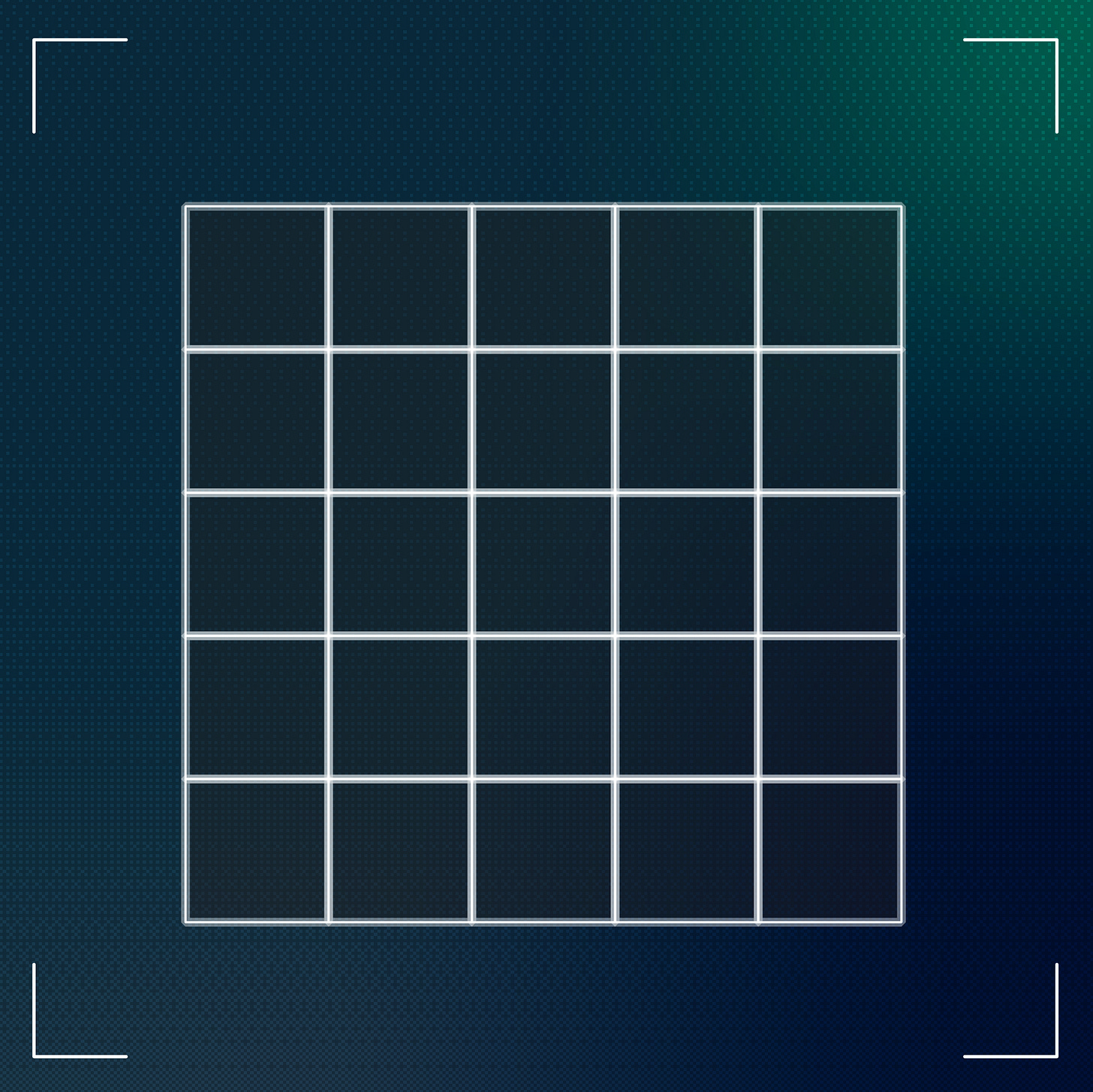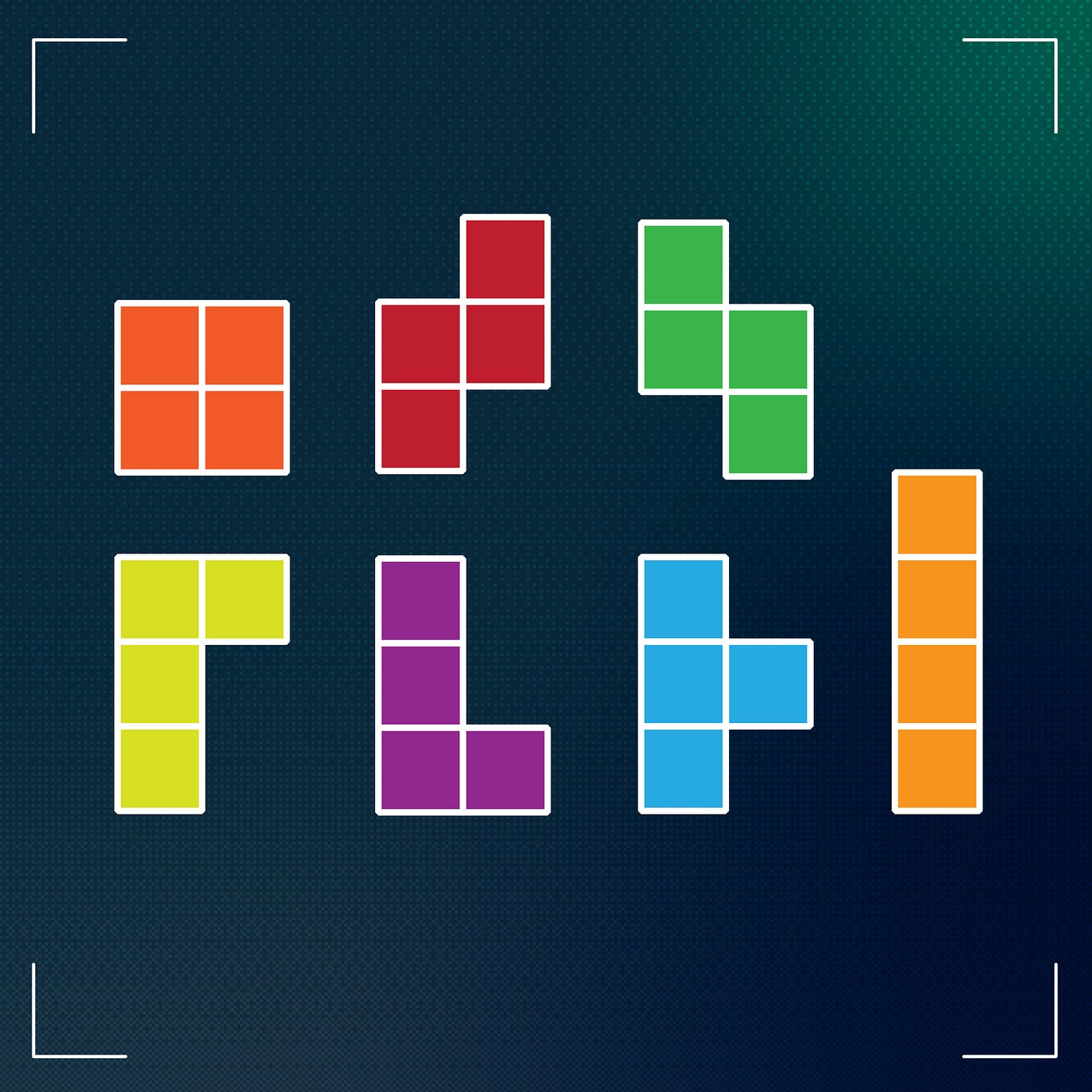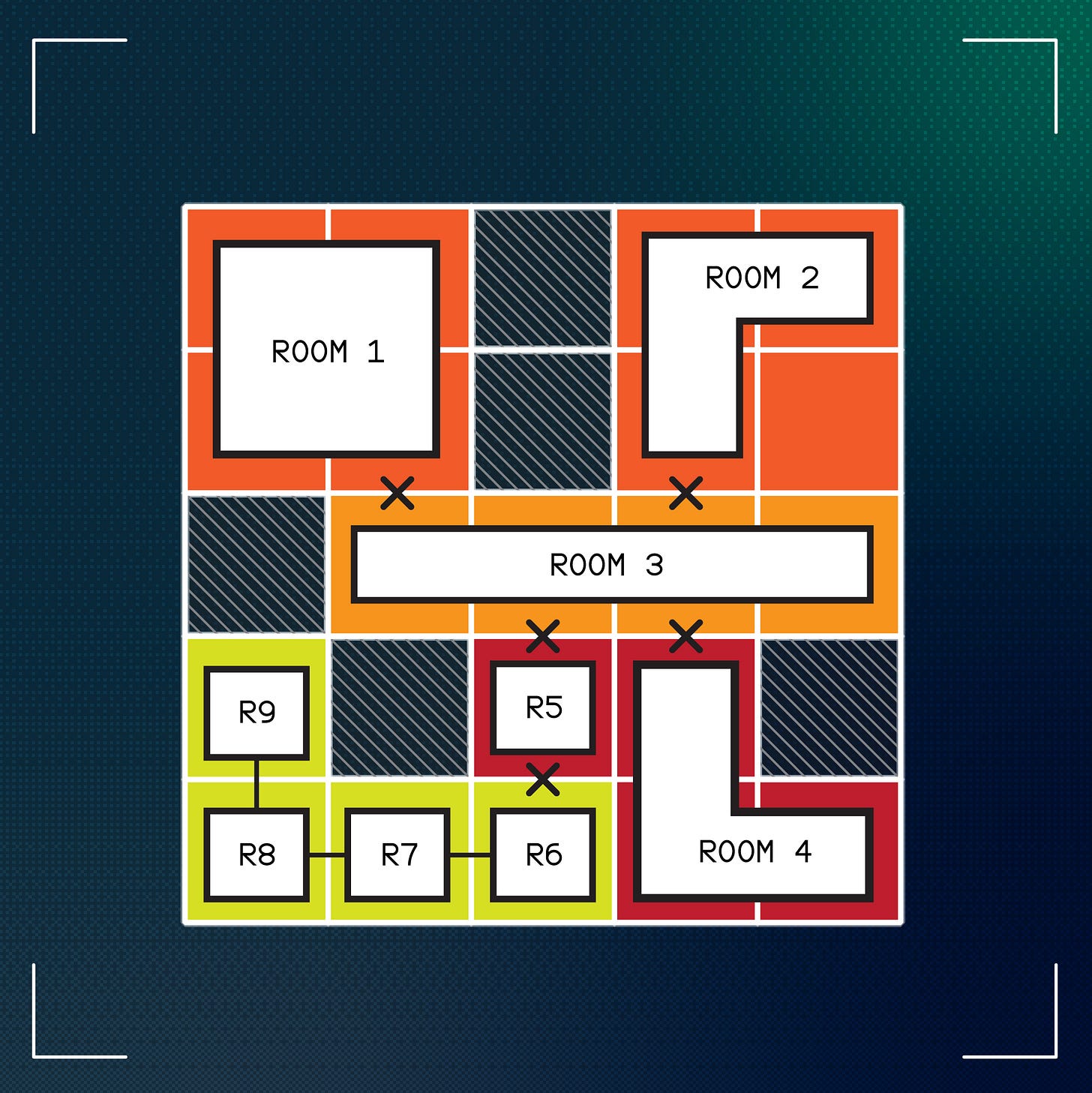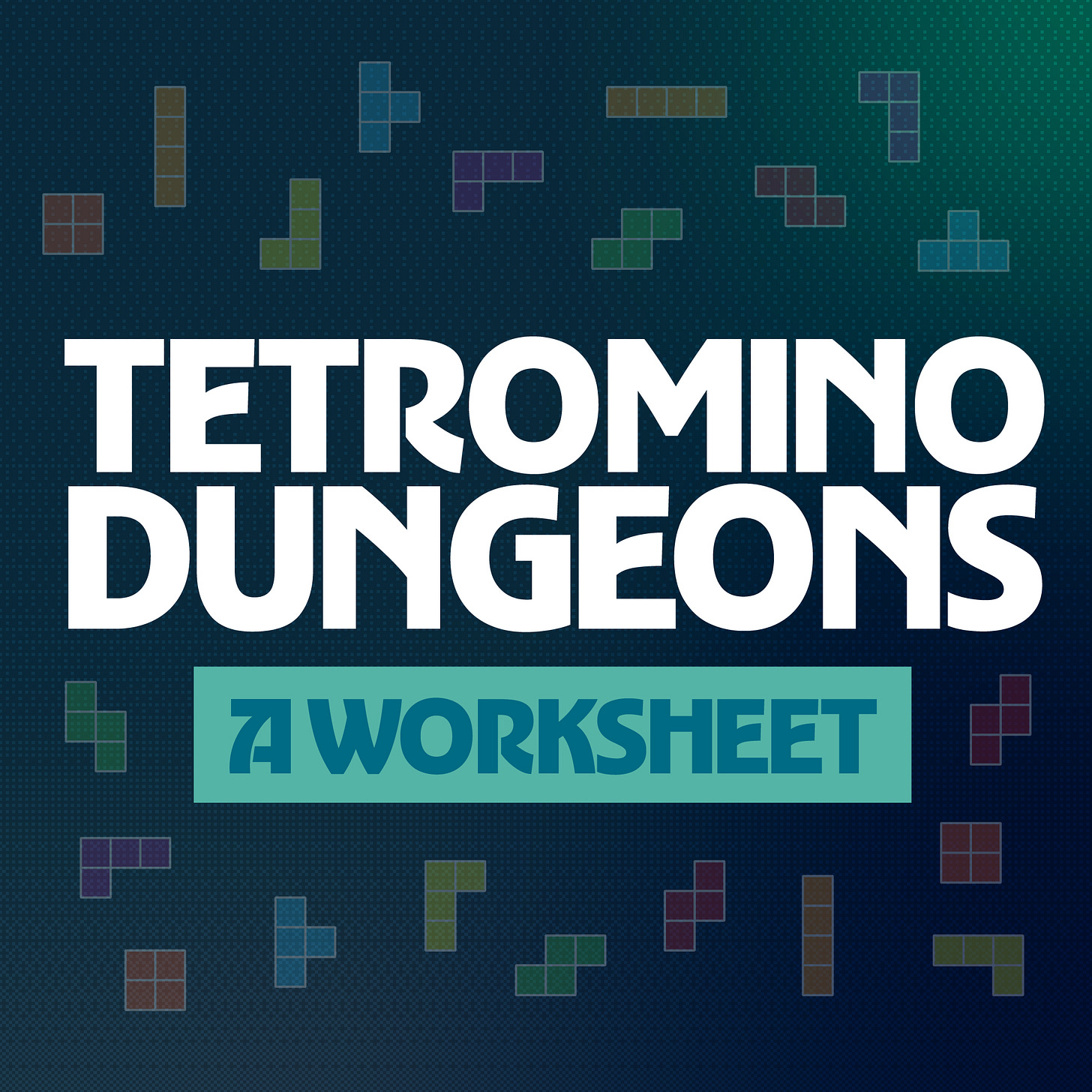Are you familiar with the 5 Room Dungeon method?
It’s a quick and easy way to generate dungeons on the fly following a rudimentary guideline where each room represents one of the following:
Entrance and Guardian
Puzzle/Roleplaying Challenge
Trick or Setback
Climax, Big Battle, or Conflict
Reward, Revelation, or Twist
While it certainly won’t get you the next Arden Vul or Stonehell, it does make for a quick and easy way to get something to the table quickly. It’s also kind of fun to have all your pieces and just finding where to put them, right? Sort of like Lego or K’nex (do they still make those?) or…
… well, sort of like Tetris, right?
As you’ve probably gleaned from other articles, I sort of revel in the prep. I think it often gets a bad rap as this burden you have to complete, rather than this creative outlet you get to indulge in.
That said, even I have weeks where I can’t find the time to sit down and really luxuriate in the prep process. Sometimes I need something either off the shelf or something I can create quickly that will give us a night of entertainment. That’s what this is!
Let’s put a pin in that and come back to it shortly. First, a story.
Not a particularly interesting one, but a story nonetheless.
Once a week or two, I like to peruse the shelves of my FLGS in search of cool stuff. And I’m pretty lucky in that sense because from my local game store, I’ve managed to find some relatively hard-to-find physical editions of:
The original printing of the Moldvay BX set
The Island and &&&&&&&& Treasure, both by Luke Gearing
Against the Cult of the Reptile God, by Douglas Niles
The original Tome of Adventure Design by Matt Finch
Fiasco, For the Queen, Mausritter, and Alice is Missing sets
As knows, a box set of Boot Hill by Brian Blume and Gary Gygax
The list goes on, and it’s pretty crazy. Of course, they usually only have a single copy of any of those things, hence the repeated visits twice a week.
Anyway, I was there last week and managed to find this beauty:
And then, an hour later posted this:
Well, alright then! Who am I to argue?
So I read through it, and I like what I’m seeing!
But there’s a tingling thought in the back of my mind. I work through the methodology in the “Mapping Wonderland” section on page 4. I flip through the levels, looking at each “block,” “square,” and “room” (as Kolb describes them).
Something feels off.
I flip through again. I frown.
Kolb describes the blocks as “tetris-like” but they’re only partially that way. There’s plenty of single blocks, 5+ block shapes, etc.

Not to mention, you place the blocks… anywhere in an 8x8 grid? And you’re supposed to fill every nook and cranny?
That’s when a thought hits my mind:
I can make this faster.
Easier to use.
I might even be able to make it better1.
The Tetromino Dungeon
Yes, that’s really what Tetris pieces are called.
Remember back near the top how I said it’s fun to place the pieces to make a dungeon or prep a game?
You can see this sort of thing all over:
The Lazy Dungeon Master method (the 8 steps)
The 5-Room Dungeon method
The 5x5 adventure design method
etc…
People fall into these methods because having structure in your prep is nice. Some folks can just improv the entire session with a business card. That’s great! Others need a bit more structure.
So, let’s put down some structure.
First, draw a 5 x 5 grid.
Then, gather your totally-not-tetromino “blocks.”
Next, place a block anywhere on the grid.
Place another block in a place that a) doesn’t collide with the previously placed piece and b) is fully on the grid.
Repeat until you have five blocks on the grid. As you can see, blocks can repeat!

Now, the final “5” in the “5 × 5 × 5” method: place five doors at any touching sides between two blocks.
Once that’s done, you can determine how you want the rooms laid out. You can have single blocks equal one room or section them into multiple rooms!
There are somewhere between 50-100k ways to lay these out, so you can make a ton of them super quickly. Each of the following uses exactly five blocks.
And… well, that’s it! Pretty straightforward stuff. Plays nicely with the 5-room dungeon design, is easy to set up, and is kind of fun to figure out how to make the rooms align to one another.
If you want to figure out how to stock the dungeon, I’d advise getting lost over at d4caltrops.com. I honestly don’t think you need anything more than that blog because it has a metric fuckton of stuff that is really evocative.
Tetromino Dungeon Worksheet
Come on, you didn’t think I’d leave you hanging without a worksheet, did you? 😉
Head over to itch.io to grab the worksheet that includes cutout tetromino pieces and a 5 x 5 grid to make your own Tetromino Dungeons.
Click the pic below to go grab it!
Thanks for reading!

This article is brought to you by the following paid subscribers who make this newsletter possible:
Azzlegog
Colin
DSPaul
Michael Phillips
Mori
Space Pirate
“Better” is of course subjective. Andrew Kolb is a phenomenal designer and layout artist. No shade. I only mean “better” for my purposes. 🙂



















That's really funny, I was watching Ben Milton at Questing Beast video on Wonderland and immediately thought about Tetris. I currently don't have a lot of time for prep in my life given that I have a toddler and two jobs but my first thought was, wait are we just building dungeons using Tetrominos now? 😃 Amazing.
This is an awesome way to build a dungeon. Love Tetris. Love this idea. Thanks for sharing.